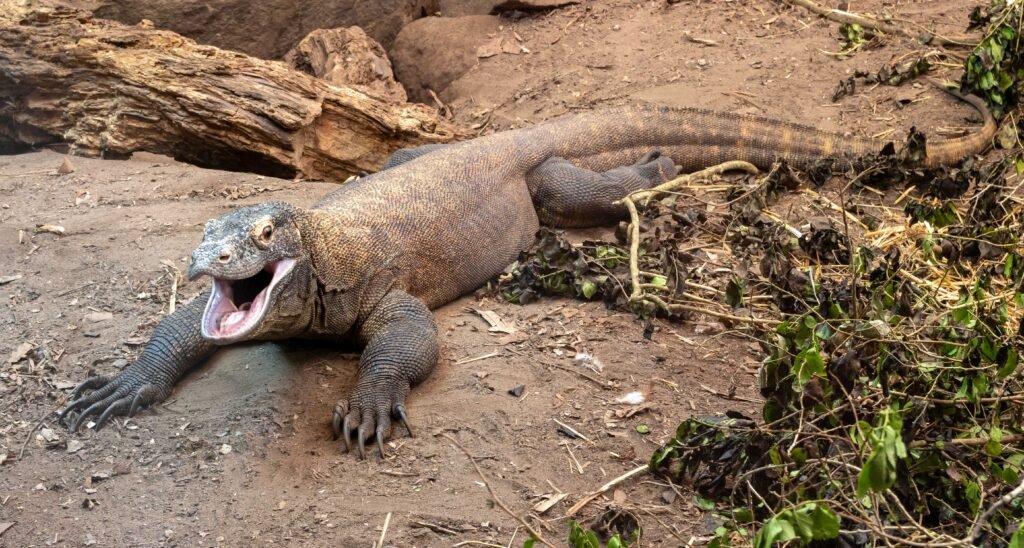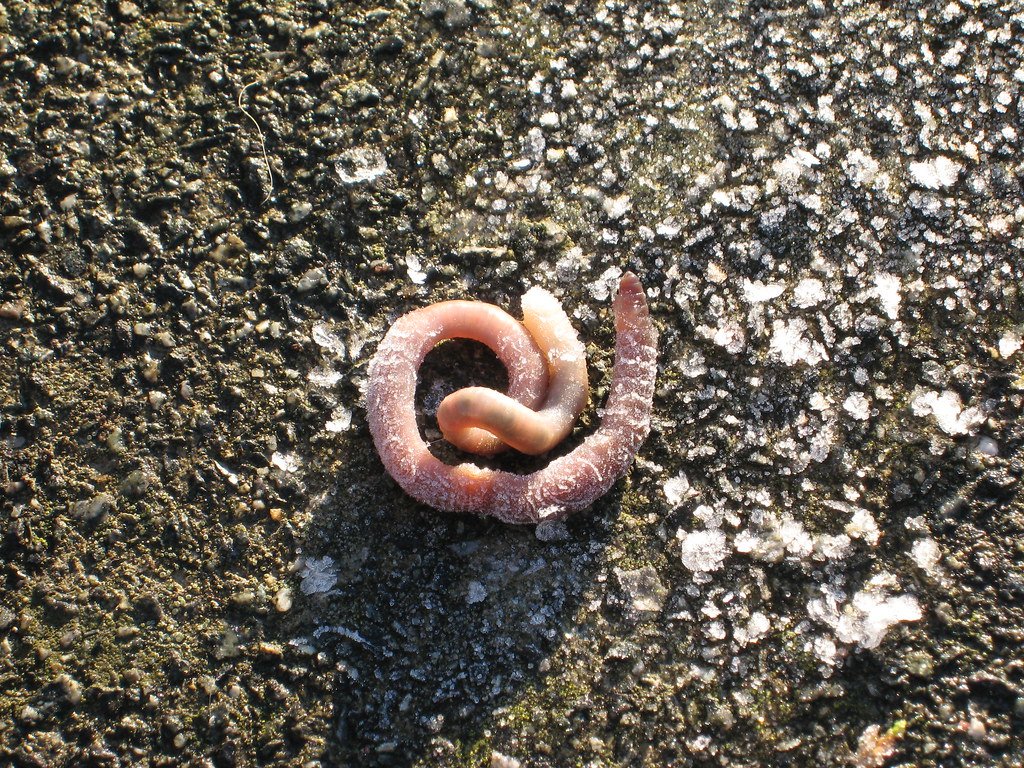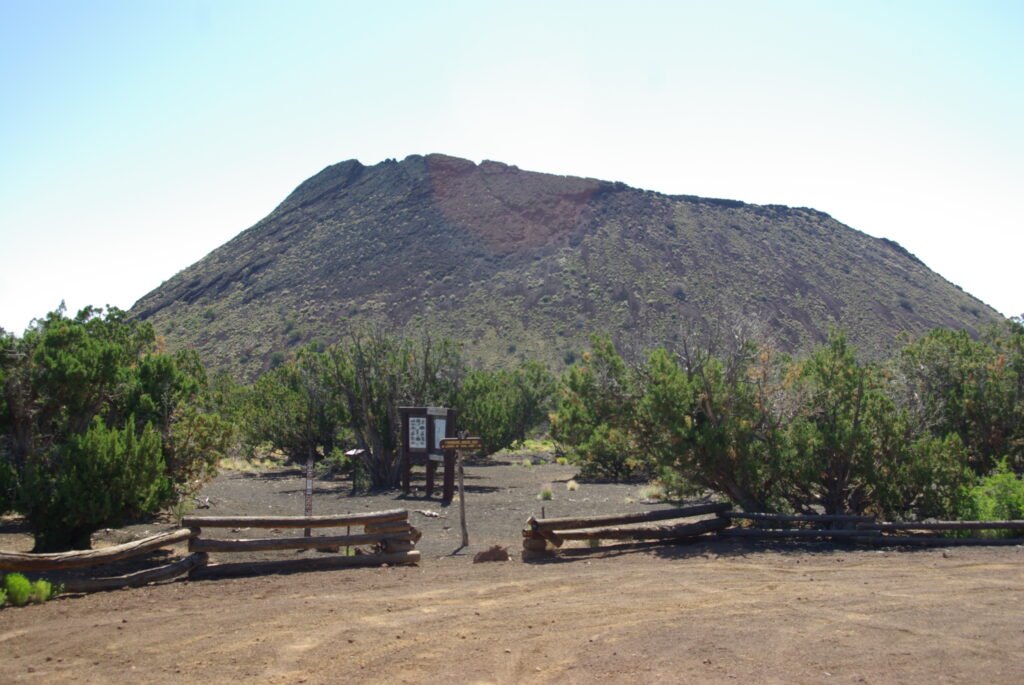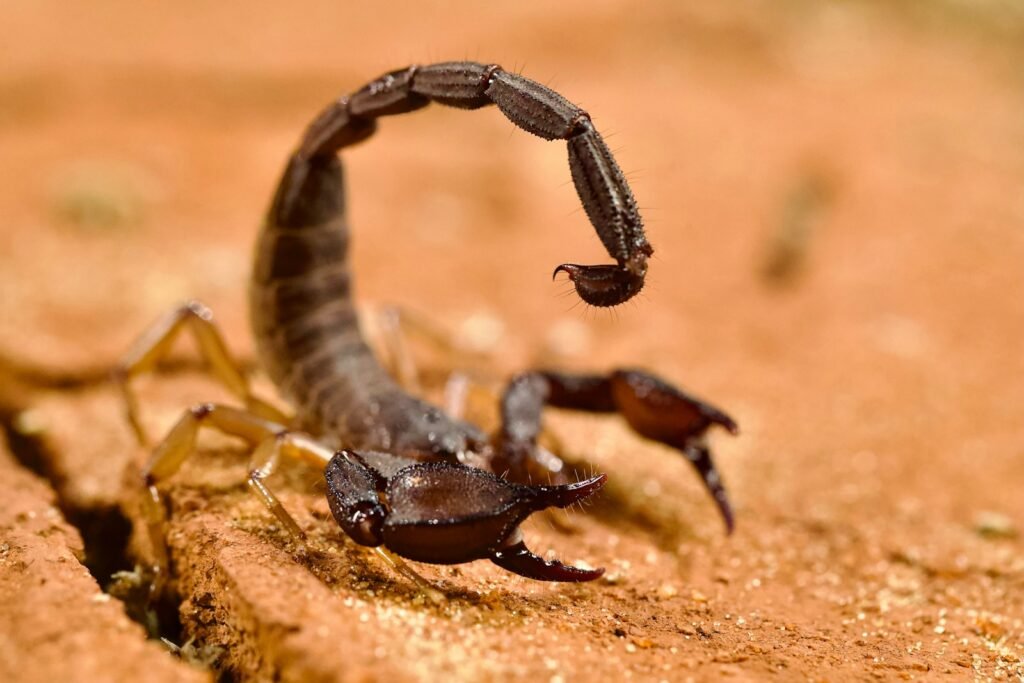Picture this: you’re trekking through the remote Indonesian wilderness when suddenly, a prehistoric giant emerges from the underbrush. At nearly ten feet long and weighing up to 200 pounds, this creature moves with the ancient power of something that shouldn’t exist in our modern world. Meet the Komodo dragon – nature’s closest thing to a living, breathing dinosaur. Armed with serrated teeth, venomous saliva, and a crushing bite force, Komodo dragons are apex predators that dominate their island habitats. They can take down prey as large as water buffalo, relying on stealth and patience before launching a lightning-fast strike. Their scaly armor and primeval gait make them look like they’ve stepped straight out of the Jurassic. Even more astonishing, these lizards can reproduce through parthenogenesis—females creating offspring without males—ensuring survival in isolated environments. Every encounter with a Komodo dragon is a glimpse into Earth’s deep evolutionary past, a reminder that dinosaurs’ legacy still prowls among us.
They’ve Been Roaming Earth for Millions of Years
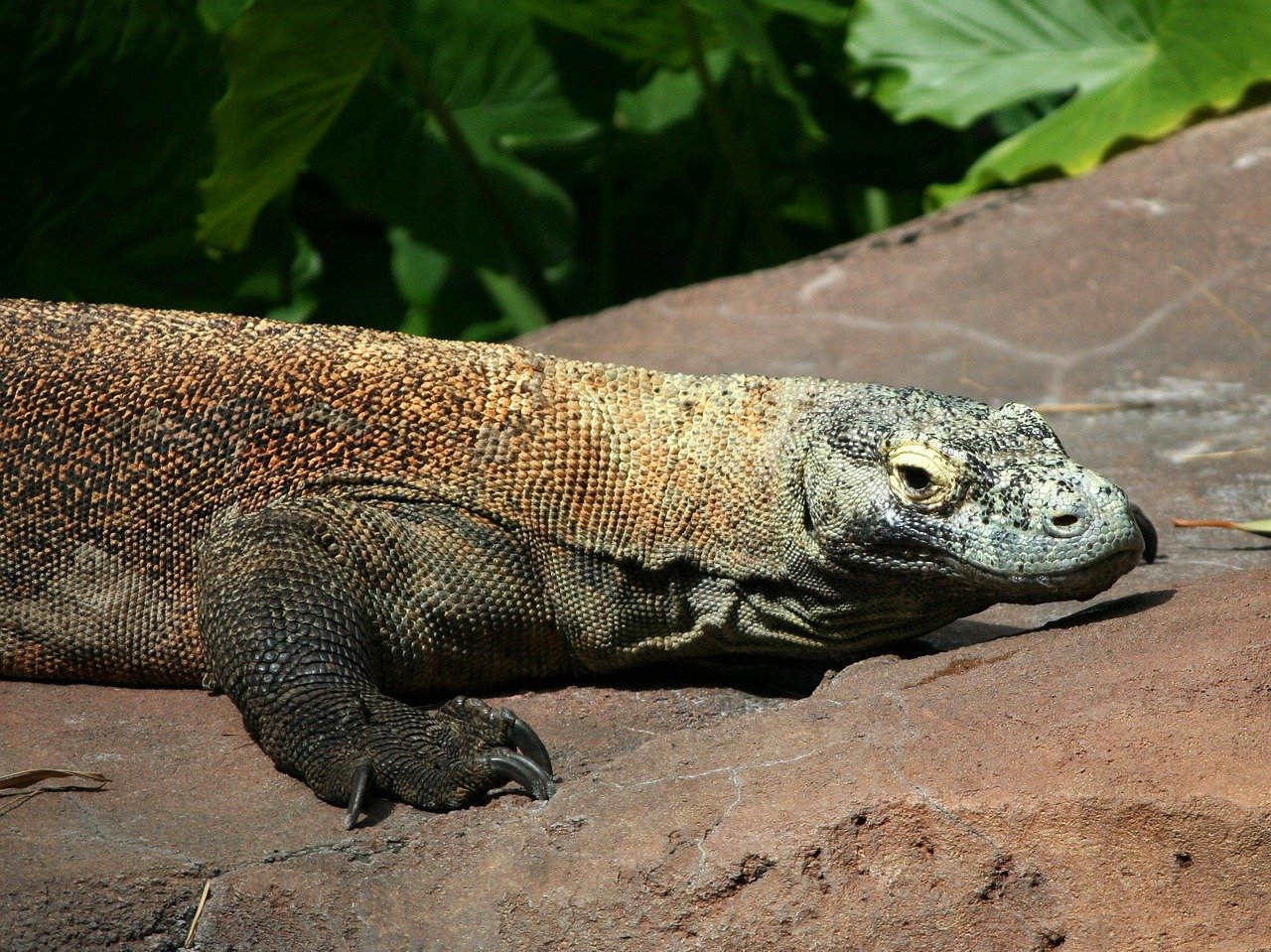
The Komodo dragon isn’t just old – it’s ancient beyond imagination. Fossils from across Queensland demonstrate that the Komodo dragon was once present in Australia, with fossils spanning from the Early Pliocene (~3.8 million years ago) to the Middle Pleistocene, with the youngest confirmed records of the species in Australia dating to at latest 330,000 years ago. Over the past three years, scientists have unearthed numerous fossils from eastern Australia dated from 300,000 years ago to approximately four million years ago that are now known to be the Komodo dragon. When researchers compared these ancient fossils to modern Komodo bones, they found something remarkable: they were identical.
These reptiles evolved around 4 million years ago, surviving multiple extinctions and environmental changes. Their resilience is a testament to their adaptability and evolutionary success. Think about it – while our human ancestors were just learning to walk upright, these dragons were already perfected predators, unchanged by time.
Their Teeth Are Identical to Extinct Dinosaur Predators
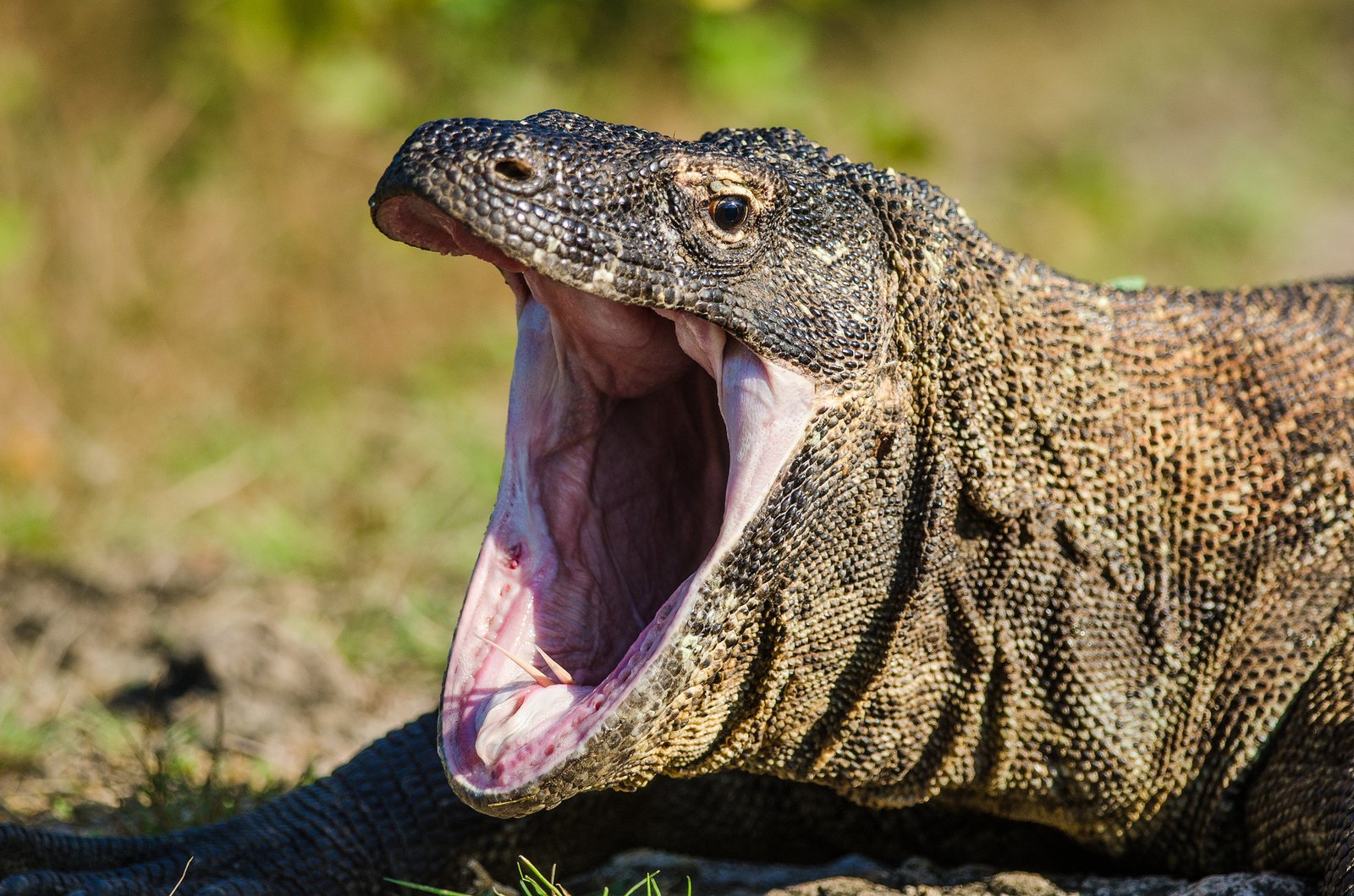
Komodo dragons have ziphodont teeth, which are defined as teeth that are laterally flattened, recurved, and with serrated tooth crowns where the serrations have a dentine core and a very thin enamel outer layer. This is the same type of dentition observed in many extinct theropod dinosaurs. It’s like nature gave them the exact same weapons that Tyrannosaurus Rex and Velociraptors used millions of years ago.
But here’s where it gets even more fascinating. A 2024 study published in Nature Ecology & Evolution found that Komodo dragons have orange, iron-enriched coatings on their tooth serrations and tips, as an adaptation for maintaining the sharp cutting edges. Teeth are quickly replaced every 40 days, while maintaining up to 5 replacement teeth for each tooth position at any given time. Imagine having a self-sharpening, self-replacing set of dinosaur teeth that never lose their edge!
They’re Actually Living Fossils from a Lost World
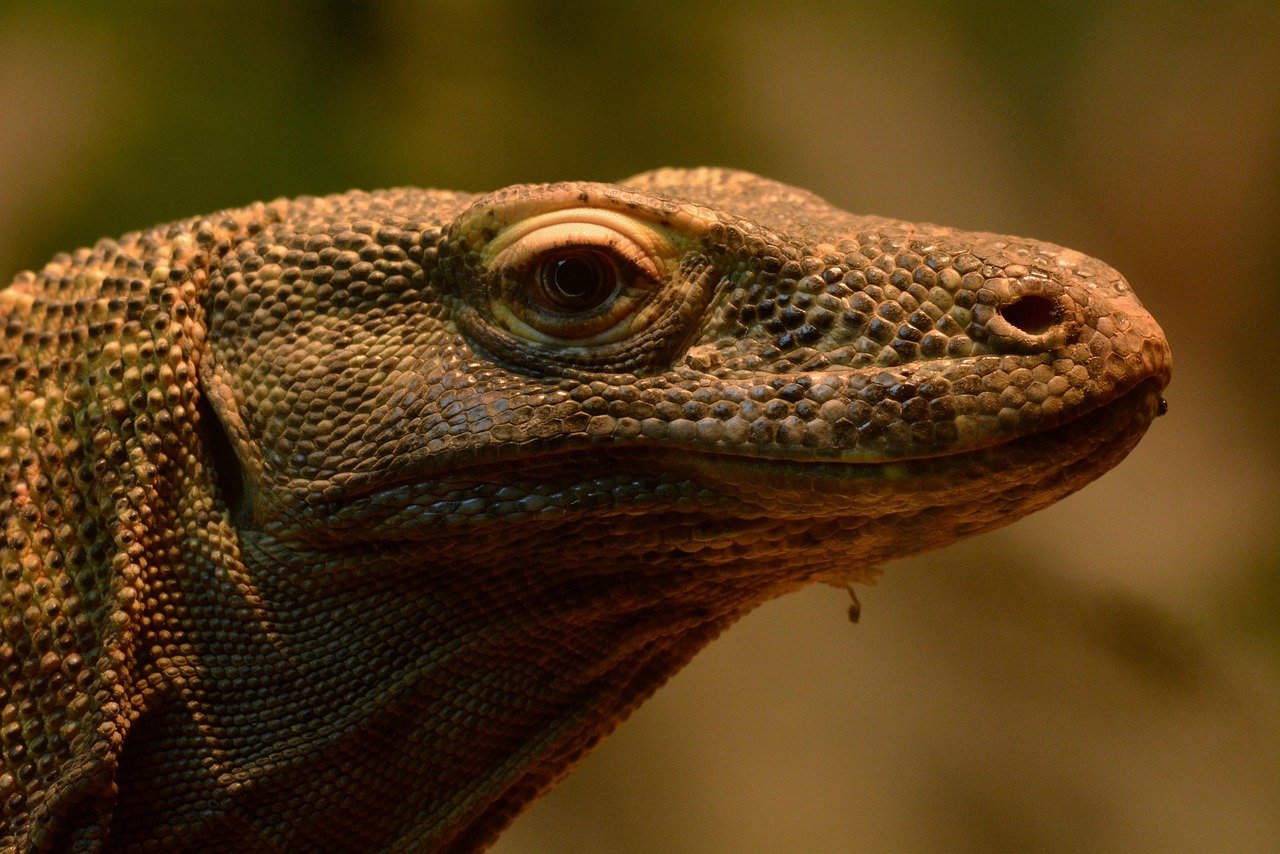
In fact, they have even been dubbed as “living fossils” because their closest ancestor was known as Varanus komodensis during the ancient Pleistocene period! In many ways the Komodo dragon is a living fossil of prehistory. They didn’t live with dinosaurs but their lineage goes back millions of years showing their adaptability and survival. This long evolutionary journey makes the Komodo dragon a symbol of endurance and a window to the past.
The incredible thing is that these dragons once shared the landscape with even more massive creatures. In Australia, it coexisted with the even larger monitor species Varanus priscus also known as megalania, the largest terrestrial lizard ever. While Megalania eventually went extinct, somehow the Komodo dragon survived – making them literal survivors of a prehistoric world.
They Possess Both Ancient Venom and Bacterial Weapons
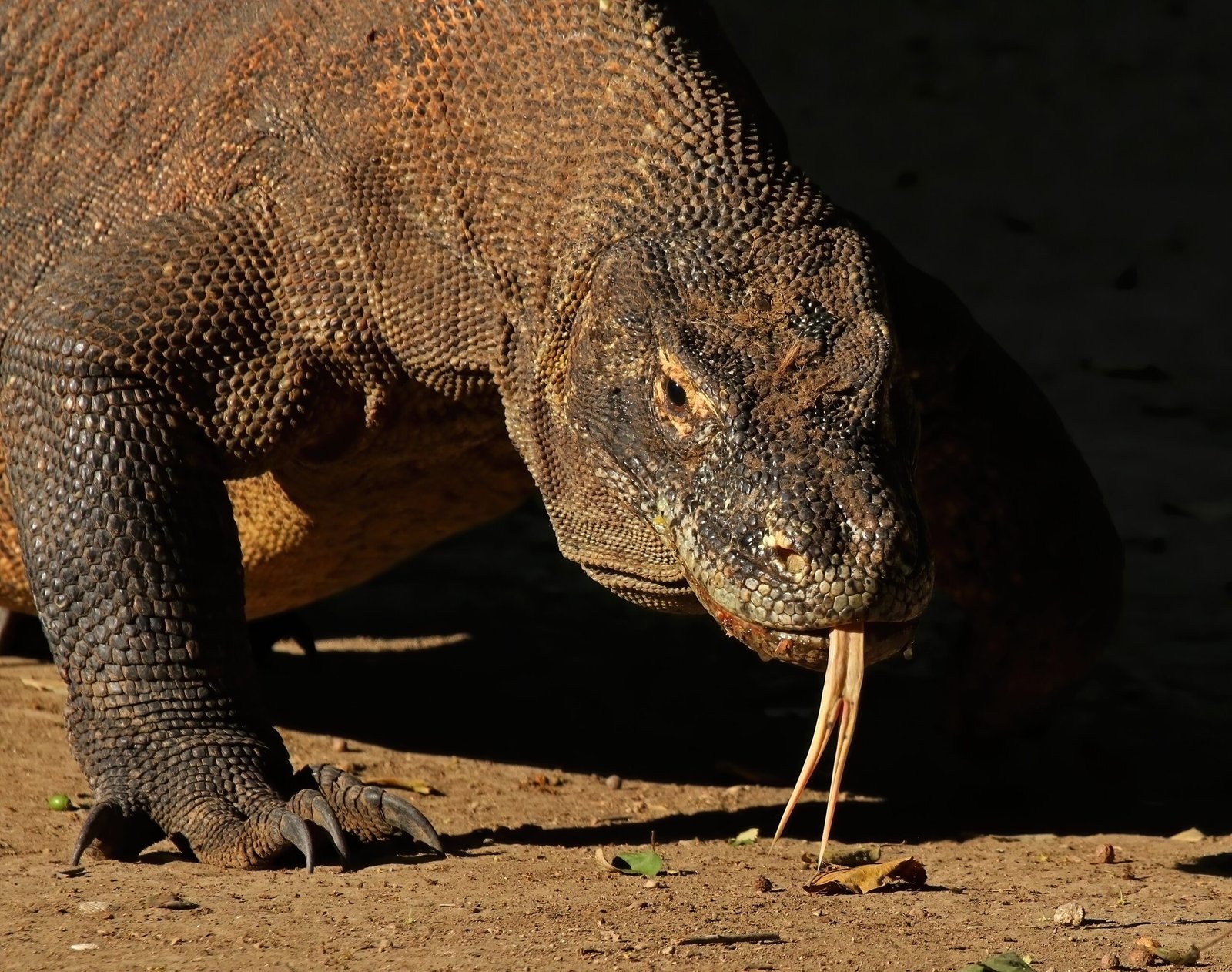
For decades, scientists believed Komodo dragons killed their prey through bacterial infection alone. The truth is far more sophisticated. In 2009, researchers published evidence demonstrating that Komodo dragons possess a venomous bite. MRI scans of a preserved skull showed the presence of two glands in the lower jaw. The researchers extracted one of these glands from the head of a terminally ill dragon and found it secreted several different toxic proteins.
The known functions of these proteins include inhibition of blood clotting, lowering of blood pressure, muscle paralysis, and the induction of hypothermia, leading to shock and loss of consciousness in envenomated prey. But that’s not all – despite common misconceptions, “Komodo dragons are actually very clean animals,” spending 10 to 15 minutes lip-licking and rubbing their head in the leaves to clean their mouth after feeding. Their supposed “dirty” mouths were actually a myth!
They Can Reproduce Without Males Through Virgin Births
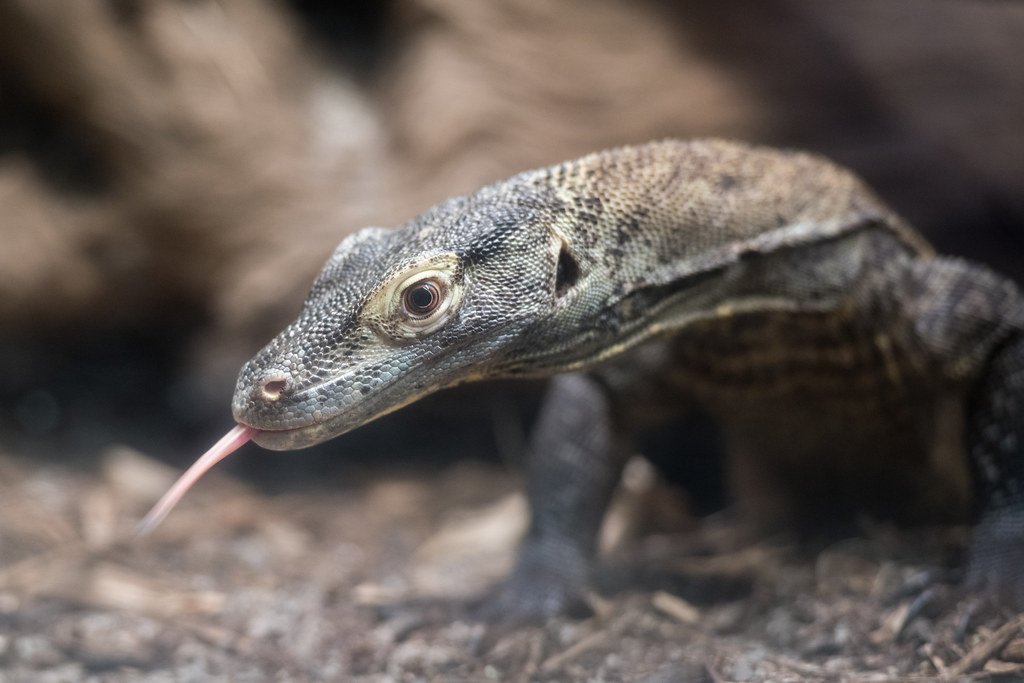
Here’s something that sounds like pure science fiction: female Komodo dragons can have babies without ever meeting a male. One Komodo, named Flora, lives at the Chester Zoo in England and has never been kept with a male; yet she laid a clutch of 11 eggs, eight of which developed normally. Earlier in the same year, a female named Sungai from the London Zoo laid a clutch of 22 eggs, four of which yielded normal male dragons–even though Sungai hadn’t had contact with a male in two and a half years.
These “virgin births” raised eyebrows because this asexual method of reproduction, called parthenogenesis, is rare among vertebrates: only about 70 backboned species can do it (that’s about 0.1 percent of all vertebrates). The ability to reproduce both sexually and parthenogenetically probably resulted from the Komodo dragon’s isolated natural habitat, living as it does on islands in the Indonesian archipelago. Imagine being so perfectly adapted that you can literally start a new population all by yourself!
They Have Surprising Athletic Abilities Beyond Their Size
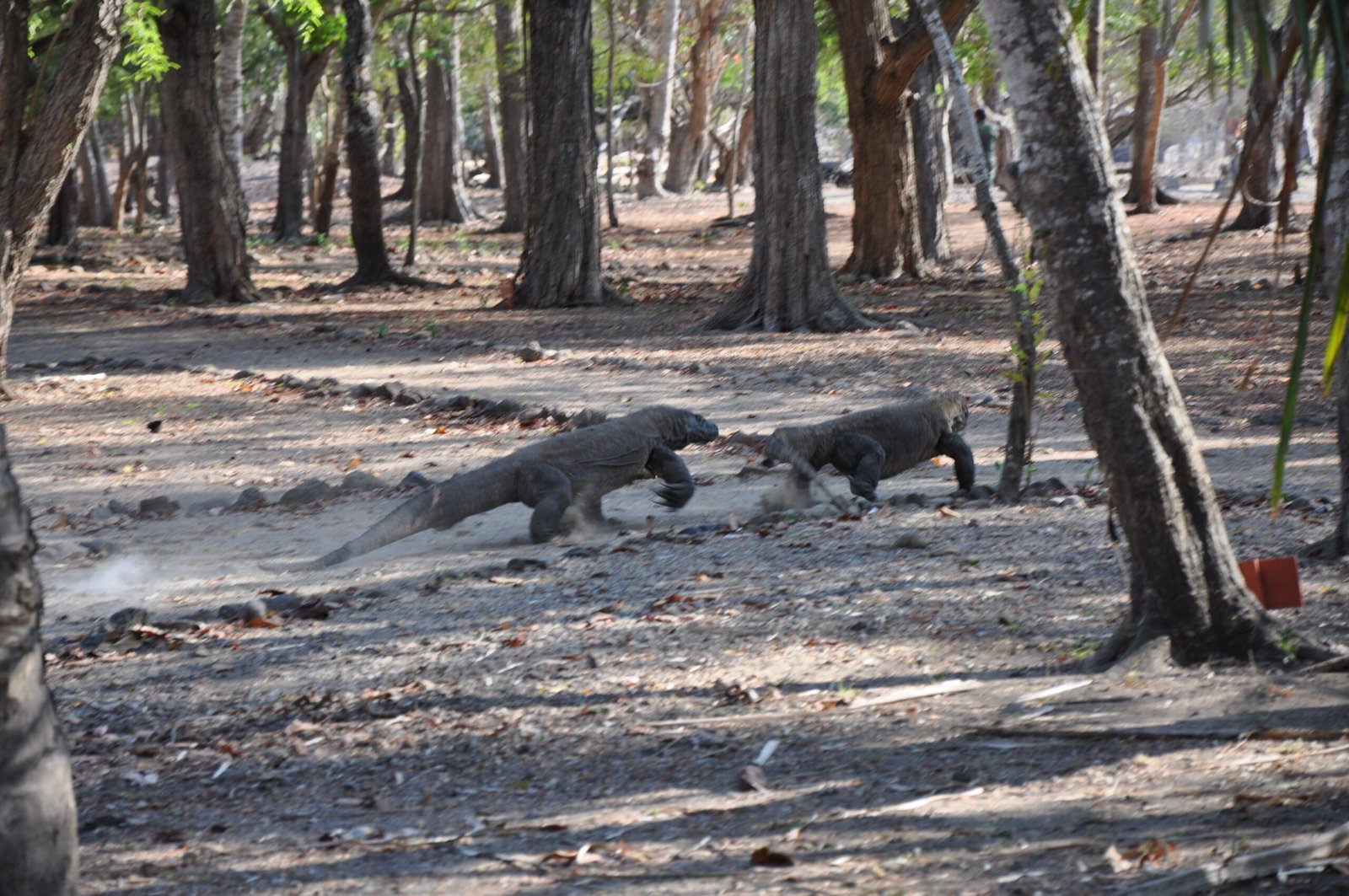
They are capable of running rapidly in brief sprints up to 20 km/h (12 mph), diving up to 4.5 m (15 ft), and climbing trees proficiently when young through use of their strong claws. Komodo dragons are also excellent swimmers with the ability to travel from island to island. On top of swimming, they can also run at speeds of up to 12 mph! Picture a creature the size of a crocodile that can outrun you, outswim you, and as a juvenile, even outclimb you!
To catch out-of-reach prey, the Komodo dragon may stand on its hind legs and use its tail as a support. Young Komodo dragons often climb trees as a way to stay safe from larger Komodo dragons and other predators that might be interested in eating them as a snack. Their athletic versatility rivals that of any modern predator, yet they carry it in a body design that’s remained unchanged for millions of years.
Their Stomach Can Expand to Hold Impossible Amounts
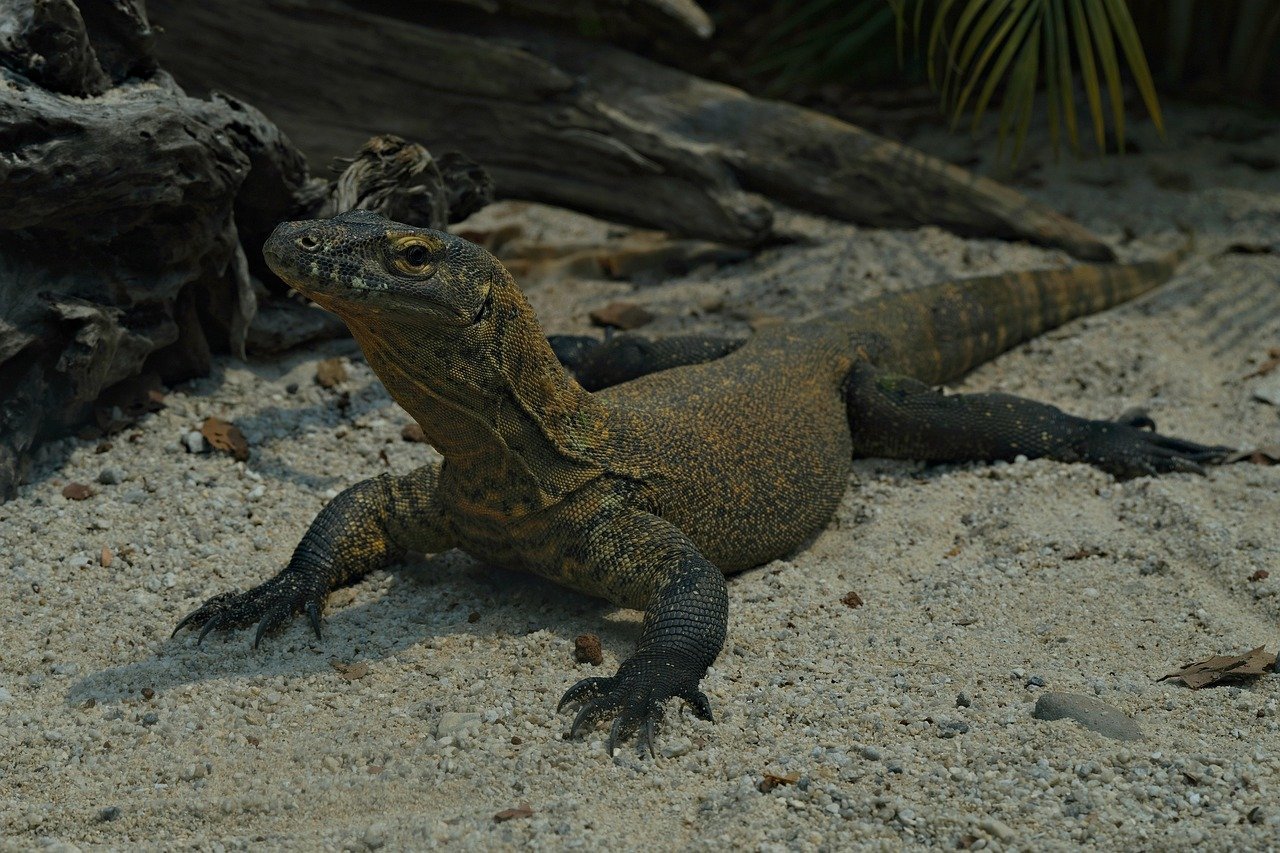
The stomach expands easily, enabling an adult to consume up to 80 percent of its own body weight in a single meal! A Komodo dragon’s stomach expands easily, enabling an adult to consume up to 80 percent of its own body weight in a single meal! The muscles of the Komodo’s jaws and throat allow it to swallow huge chunks of meat with astonishing rapidity. Several movable joints, such as the intramandibular hinge opens the lower jaw unusually wide.
This isn’t just impressive – it’s practically supernatural. Imagine eating roughly four-fifths of your body weight in one sitting and walking away like nothing happened. The largest verified specimen in captivity was 3.13 m (10 ft 3 in) long and weighed 166 kg (366 lb), including its undigested food. That’s like having a built-in storage system that would make any survival expert jealous.
They Have Extraordinary Sensory Powers
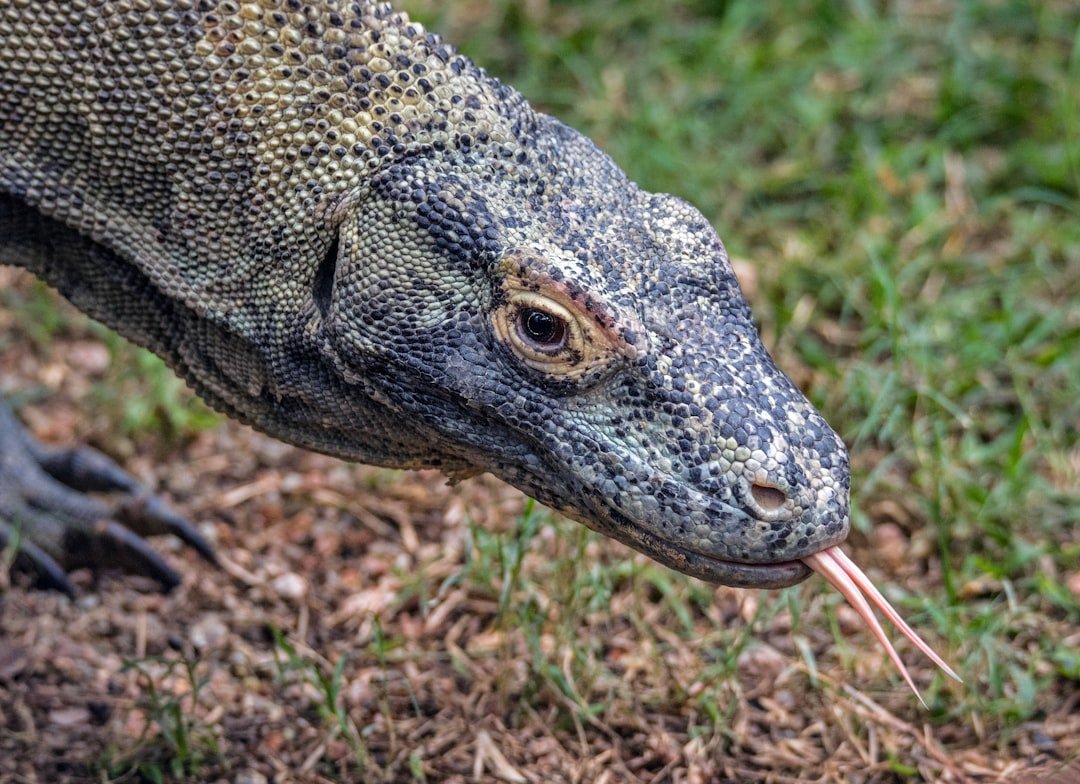
The Komodo dragon’s sense of smell is its primary food detector. At times, these reptiles can smell carrion, or rotting flesh, up to 2.5 miles (4 kilometers) away. These chemical analyzers “smell” prey, such as a deer, by recognizing airborne molecules. If the concentration of molecules present on the left tip of the tongue is greater than that sample from the right, the Komodo dragon knows that the deer is approaching from the left. This system, along with an undulatory walk, in which the head swings from side to side, helps the dragon sense the existence and direction of food.
Monitors can see objects as far away as 985 feet (300 meters), so vision does play a role in hunting, especially as their eyes are better at picking up movement than at discerning stationary objects. They’re basically living surveillance systems with prehistoric programming that’s been refined over millions of years.
They Have Bulletproof Immune Systems
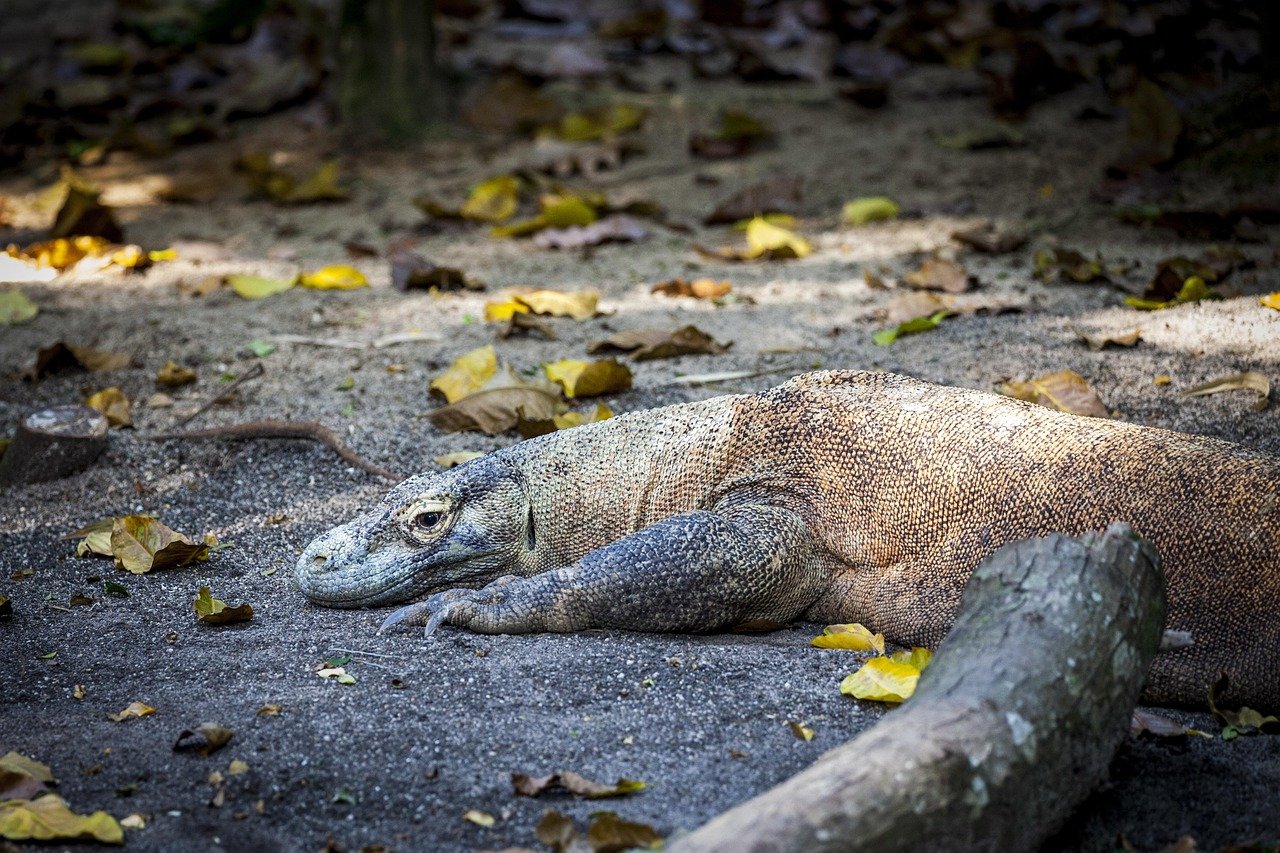
Komodo dragons have an exceptionally resilient immune system that protects them from infections and diseases. This trait is vital, given the bacterial-rich environments they often inhabit. Their blood contains antimicrobial peptides that help fend off infections from their prey and surroundings. This natural defense mechanism allows them to consume decaying carrion without succumbing to illness. Their robust immune system is a key factor in their survival, enabling them to thrive in challenging conditions.
Researchers have isolated a powerful antibacterial peptide, VK25, from the blood plasma of Komodo dragons. Based on their analysis of this peptide, they have synthesized a short peptide dubbed DRGN-1 and tested it against multidrug-resistant (MDR) pathogens. Preliminary results of these tests show that DRGN-1 is effective in killing drug-resistant bacterial strains and even some fungi. Scientists are literally using dragon blood to fight superbugs – if that doesn’t prove they’re magical, what does?
They Once Ruled a Much Larger Kingdom
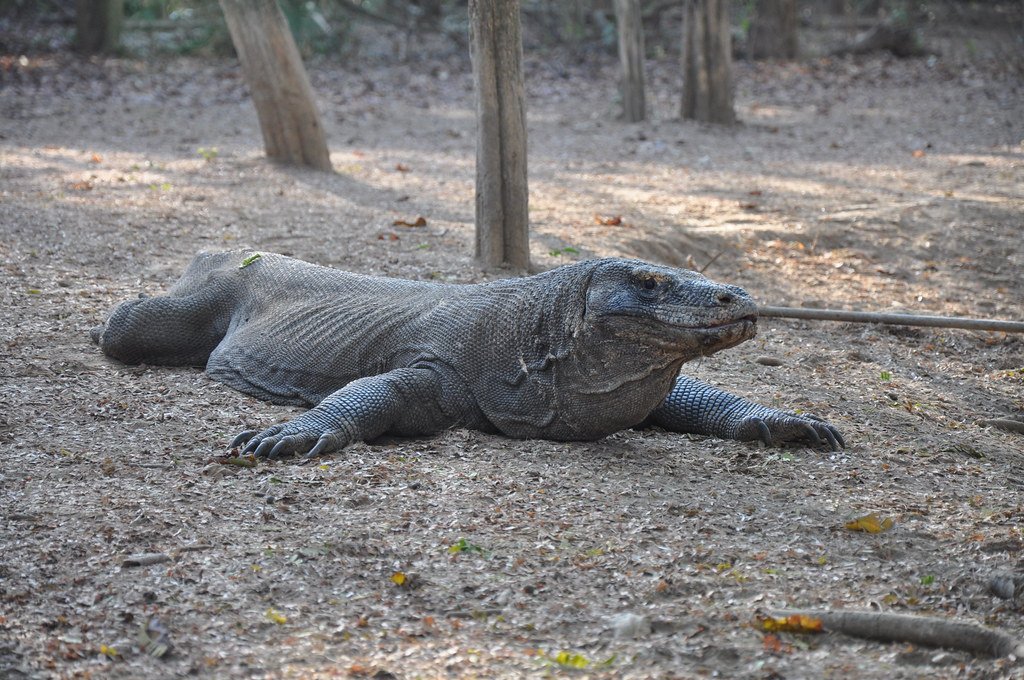
Scientists now find that the world’s largest living lizard species, the Komodo dragon, most likely evolved in Australia and dispersed westward to its current home in Indonesia. The komodo dragon’s fossil record indicates that the species evolved in Australia and later spread to Indonesia. Studies and fossils found suggest that they lived alongside large animals, such as the marsupial lion, in Australasia. Komodo dragons likely disappeared from Australia around 50,000 years ago, coinciding with the arrival of humans and environmental shifts.
Today, these magnificent predators are confined to just a handful of Indonesian islands, but they were once part of a vast ecosystem of giant lizards. The new research indicates that Komodo dragons were really part of a distribution of related species of really large lizards across the region, including Australia. In fact, in comparison to some of these other lizards, Komodo dragons are kind of small. The fossil record shows that over the last four million years Australia has been home to the world’s largest lizards, including a five meter giant called Megalania. What we see today are the survivors of an ancient world of giants.
Conclusion
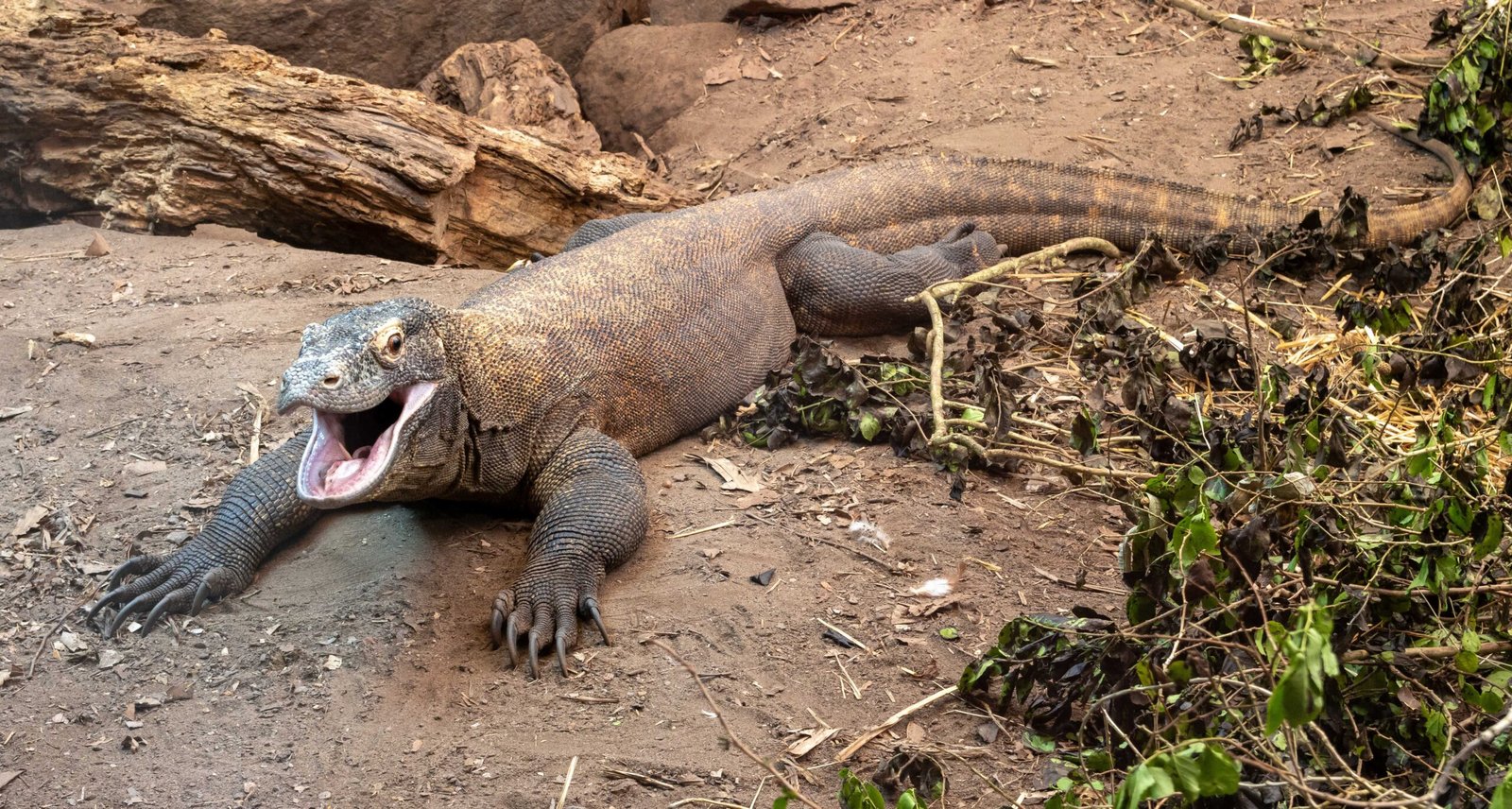
The Komodo dragon stands as one of nature’s most remarkable survivors, a living testament to the incredible adaptability and resilience of life on Earth. From their prehistoric teeth to their virgin births, from their iron-tipped fangs to their disease-fighting blood, every aspect of their biology screams of ancient origins and evolutionary perfection. These aren’t just large lizards – they’re time travelers from a lost world, carrying within their DNA the secrets of survival that have allowed them to thrive for millions of years.
In a world where so many species are disappearing, the Komodo dragon reminds us that some creatures are tougher than extinction itself. They’ve survived ice ages, volcanic eruptions, rising seas, and the arrival of humans. They’ve maintained their prehistoric design because, quite simply, it works. When you look into the eyes of a Komodo dragon, you’re not just seeing a predator – you’re witnessing a living piece of our planet’s ancient history.
What other secrets might these dragons be hiding in their prehistoric DNA?

Hi, I’m Andrew, and I come from India. Experienced content specialist with a passion for writing. My forte includes health and wellness, Travel, Animals, and Nature. A nature nomad, I am obsessed with mountains and love high-altitude trekking. I have been on several Himalayan treks in India including the Everest Base Camp in Nepal, a profound experience.

